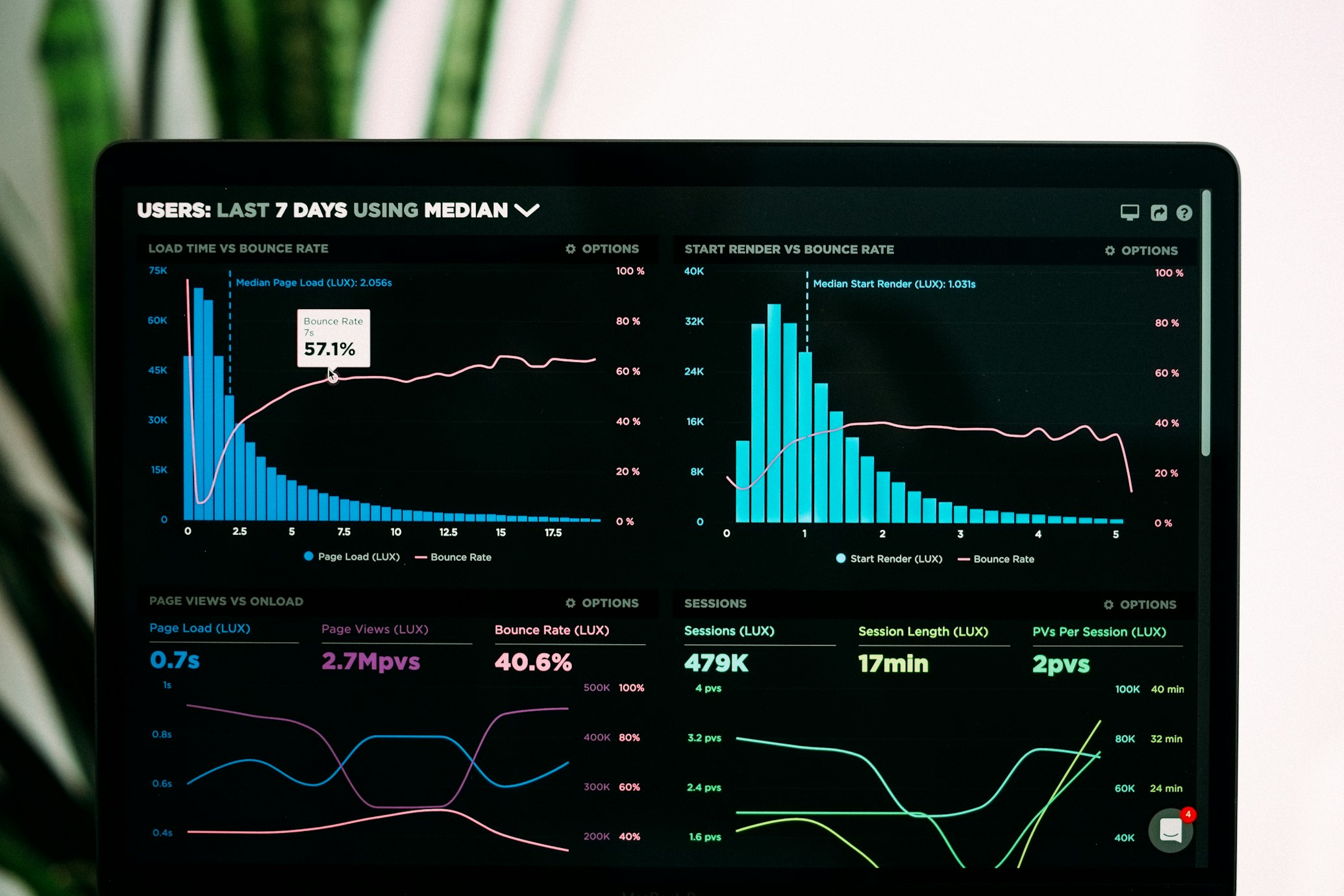
What is Data Analysis?
2024-09-27
By Ken, Data Lead
What is Data Analysis?
Data analysis is the process of inspecting, cleansing, transforming, and modeling data with the goal of discovering useful information, informing conclusions, and supporting decision-making. Data analysis has multiple facets and approaches, encompassing diverse techniques under a variety of names, and is used in different business, science, and social science domains.
The Data Analysis Process
The data analysis process typically involves the following steps:
- Data Collection: Gathering relevant data from various sources
- Data Cleaning: Ensuring data quality and consistency
- Data Analysis: Applying statistical and analytical techniques to extract insights
- Data Visualization: Presenting findings in an easy-to-understand format
- Interpretation: Drawing meaningful conclusions from the analysis
Why Data Analysis Matters
Data analysis is crucial for businesses across all industries. Here are some key reasons why:
- Informed Decision Making: Data analysis provides insights that help businesses make better, more informed decisions.
- Improved Efficiency: By analyzing processes and workflows, companies can identify areas for improvement and optimization.
- Customer Understanding: Analysis helps businesses understand their customers better, leading to improved products and services.
- Predictive Power: With advanced analysis techniques, businesses can forecast trends and prepare for future challenges.
Real-World Example: Netflix
Netflix, the streaming giant, uses data analysis to:
- Recommend personalized content to users
- Decide which original shows to produce
- Optimize streaming quality based on user behavior and network conditions
This data-driven approach has contributed significantly to Netflix's success in the competitive streaming market.
How to Get Started with Data Analysis
Data analysis can be completed with many different tools by many different roles. Here are some common tools and roles involved in data analysis:
Excel
Excel is a popular tool for data analysis, especially among non-technical users. It offers a wide range of functions and features for data manipulation and visualization.
Python
Python is a versatile programming language that is widely used in data analysis. Libraries like Pandas, NumPy, and Matplotlib provide powerful tools for data manipulation and visualization.
R
R is a programming language and environment specifically designed for statistical computing and graphics. It is widely used in academia and research for data analysis and visualization.